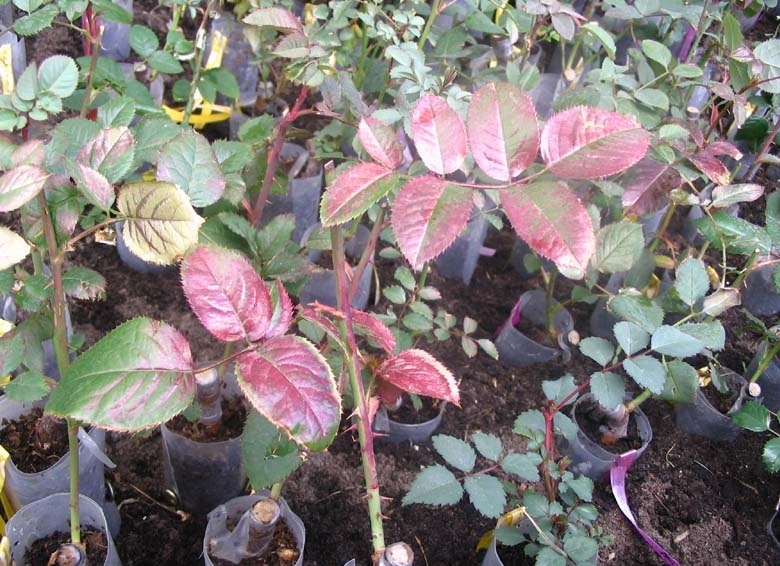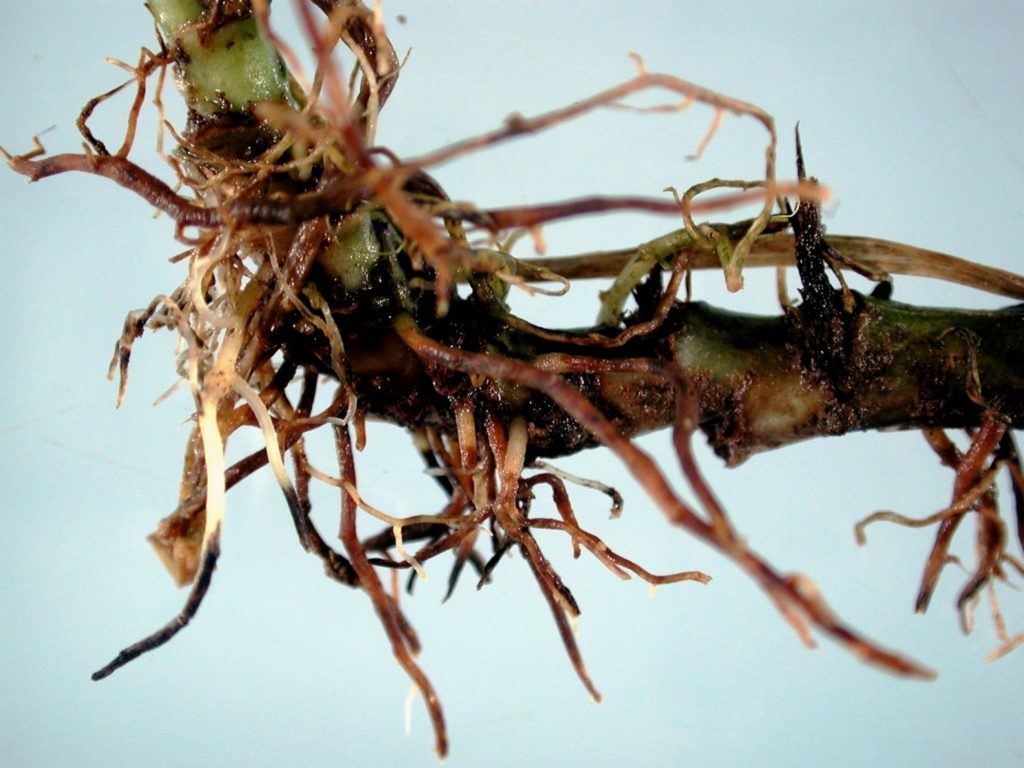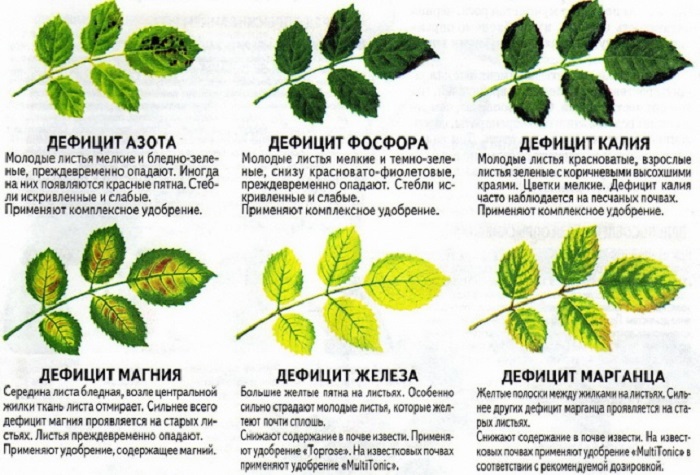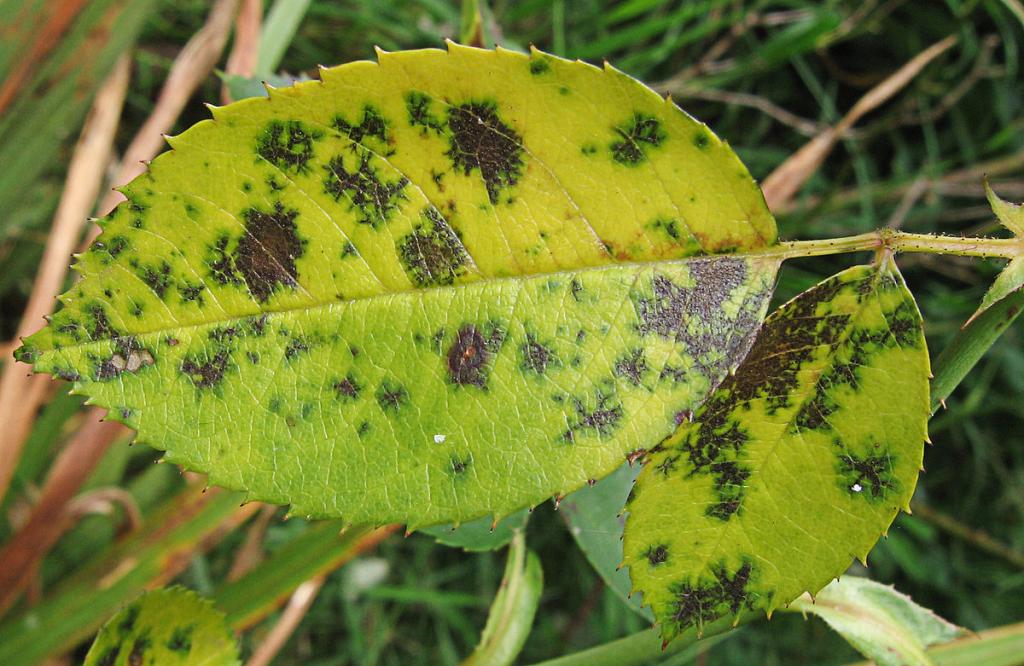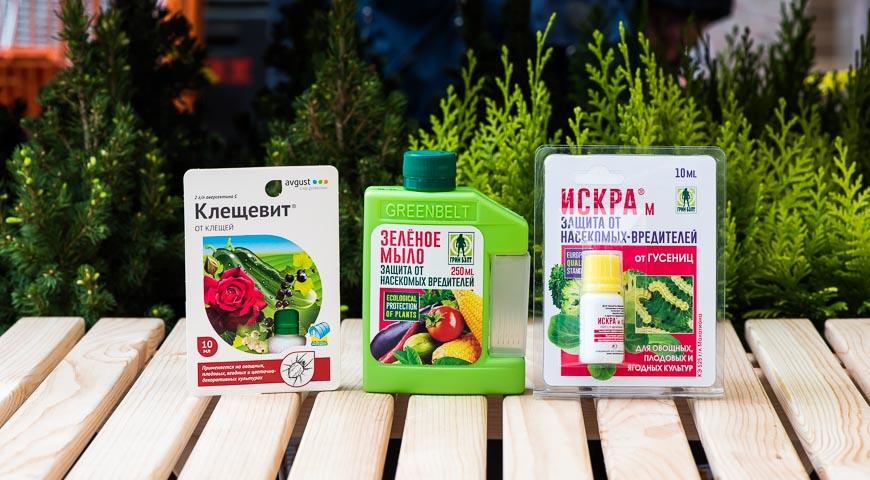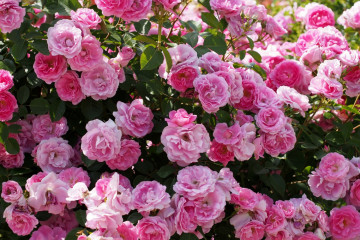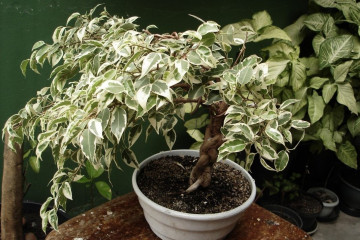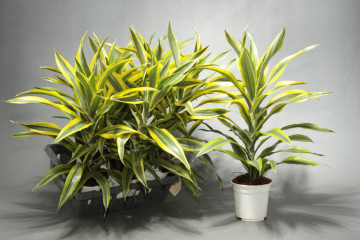Why does a rose fall leaves in summer - what to do
Content:
Facing such an unpleasant phenomenon as a partially or completely naked rose bush leads to the search for an answer to the question of why the rose leaves fall. Experienced gardeners recommend not trying all the ways to solve the problem at once, but first carefully examine the plant and make sure that it has not become a victim of diseases or insects.
Why does a rose shed its leaves in summer
When an unpleasant phenomenon appears in the summer, it is necessary to make sure that there are no individual factors predisposing to it:
- if the water temperature is incorrectly selected for irrigation, the plant may turn yellow and begin to dry;
- being in a draft - the heat-loving culture is associated with its origin. When planting on a personal plot, you must make sure that it will be reliably hidden from the gusty wind;
- insufficient or excessive soil moisture - in order to avoid the death of the plant, it is watered as the upper layers dry;
- vitamin deficiency - a deficiency of useful elements provokes a slowdown and cessation of the growth of bushes, a drop in immunity and a lack of resistance to diseases and pests.
Possible reasons
There are several sources due to which fallen roses are observed on the site. An incorrectly selected landing site, improper care and other prerequisites become catastrophic for the plant.
Sunlight problems
Why are leaves falling on street roses? These plants prefer diffused lighting over hot and scorching sun. Constantly high temperatures cause foliage burns and shedding.
Being in the shade provokes a weakening of immunity, roses will lack the ultraviolet spectrum for normal growth and development, its lack will negatively affect the formation of buds.
Watering problems
Common reasons why a rose unexpectedly sheds its leaves is a violation of the rules for moistening the soil. Lack of moisture in the heat provokes drying out of the bushes, and its excess causes rotting of the roots. Waterlogging can be determined by yellowing foliage and blackening of shoots.
Nutritional deficiency
The constant lack of nutrients adversely affects the condition of the plant, which provokes the discarding of leaf plates:
- pale, small foliage with reddish blotches and a minimal number of buds indicate a nitrogen deficiency;
- drying of the edges of the foliage, the reshaping of the main color into a reddish-purple tone and massive fall indicates a lack of potassium;
- pronounced yellowness of the green part of the plant requires an increase in iron;
- a dark green shade of leaves with a red or purple tint, purple-brown spots and stripes, a change in the color of the stems to a purple color signals the absence of phosphorus;
- colorless spots on old and young plates with dead dark red patches in the vein area are provoked by a lack of magnesium.
Diseases of roses
Common diseases that cause foliage loss include:
- Botrytis. Leads to the appearance on the leaves of brownish wet spots with a gray bloom. Over time, they curl, dry and fall off. The buds do not open, turn black and die off. The appearance of the disease is provoked by high humidity with low temperatures, excessive planting density and overfeeding with nitrogen.
- Powdery mildew. It is determined by the curling of the leaves and a gray-powdery bloom. It is provoked by high humidity and temperature, planting density, excess nitrogen, lack of calcium and dry soil in the root area.
- Oversporosis. It causes rounded reddish-brownish spots; a loose whitish-silvery bloom forms on the underside of the plates. Young shoots dry out, there is no flowering, old branches are covered with ulcers and cracks. The appearance of the fungus is associated with abundant watering, hot or damp weather.
- Rust. It affects all parts of the roses; on the upper side of the plates, spots of a rusty hue are visible, on the lower side there are small red-yellow pads, in which, under favorable conditions, spores ripen. By the middle of the season, black spots appear on the foliage, filled with winter spores. The appearance of pathology is facilitated by a cold spring and a lack of potassium.
- Black spot. It is detected by rounded, radiant spots of a dark brown color with a yellow edging. Under the upper layer of the plates, the fruiting bodies of the fungus ripen, causing it to rupture and scatter spores. Bushes begin to throw off damaged foliage. The disease occurs with potassium deficiency and high soil moisture.
Exposure to pests
Loss of foliage can be attributed to parasitic insects. The list of common pests includes:
- walnut;
- spider mite;
- slobbering penny;
- rose leafhopper;
- rose-colored scale insect;
- thrips;
- aphid.
All these representatives belong to sucking insects, provoking drying out of plants due to the loss of juices. You can get rid of pests by spraying with store-bought insecticides.
Why does a rose shed its leaves during flowering
Falling leaves may be associated with:
- with a sharp change in weather - cold snap or drought;
- insufficient or over-watering;
- soil depletion and deficiency of useful microelements;
- attacks of fungal infections and insect pests.
Resuscitation of roses after exposure to adverse conditions
Treatment for affected hives depends on the source of the problem. If a rose sheds leaves, what to do to save it:
- In case of violation of the requirements for watering: roses prefer settled water at room temperature. Cold liquid activates fungi and decreases immunity. Moistening of the earth is carried out in accordance with the weather and dryness of the soil - a small underfilling is not as dangerous as waterlogged soil.
- Shrubs that are constantly exposed to direct sunlight require shading or replanting in more suitable conditions. The same requirements apply for potted roses.
- The deficiency of nutrients is replenished with special store products.You can use liquid or dry top dressing: biohumus, wood ash, Sapropel, superphosphate, Ammophos, potassium sulfate, potassium magnesium, ammonium nitrate.
- Insects are fought with Iskra-M, Fufanon, Tiovita Jet, Alatara, Biotlin, Zubr or Tanrek. They get rid of diseases by using Bordeaux liquid, iron vitriol, "Skor", "Strobi", "Fitosporin", "Trichodermin".
Preventive measures
As preventive measures, experienced gardeners use:
- Pruning bushes - damaged shoots, dried leaves and buds attract the attention of insects and bacteria. After removal, all cut pieces are burned; they are not suitable for composting. To prevent the appearance of powdery mildew and rust, shrubs are thinned out - the procedure improves air exchange. Before manipulation, it is necessary to sterilize the instruments - they can serve as an additional source of rose diseases.
- Rinsing the bushes with water - a strong pressure helps to wash off pests that have recently appeared on the plants. The process is carried out as carefully as possible, the jet should not break the stems. In addition to clean water, you can use soapy water (4 tablespoons per 1 liter of warm liquid).
- Weed weeding - weed vegetation attracts the attention of insect pests, which, after settling on it, quickly move to cultivated plants. Constant weeding does not solve the problem, you need to mulch the soil under the bushes - the procedure will stop the growth of weeds and retain moisture in the ground. For her, tree bark, rotted sawdust, coconut fiber are used. The height of the mulch should not exceed 7 cm.
- Planting protective plants - next to shrubs, calendula, nasturtium, gypsophila, sage, mint, lavender, rue, tansy, fennel, thyme and coriander are recommended. For the prevention of powdery mildew, mites and bears, garlic and onions are planted.
- Attracting beneficial insects, birds, hedgehogs and frogs - they will be able to protect the bushes from pest attacks, destroy already settled colonies.
When the leaves of a rose fall off, the first thing to do is to carefully examine the plants and, by external signs, determine the source of the problem. If the leaf plates begin to turn yellow in the summer, dry out, and the plant tries to throw them off en masse, then urgently need to carry out resuscitation measures to prevent the final death of the culture.

